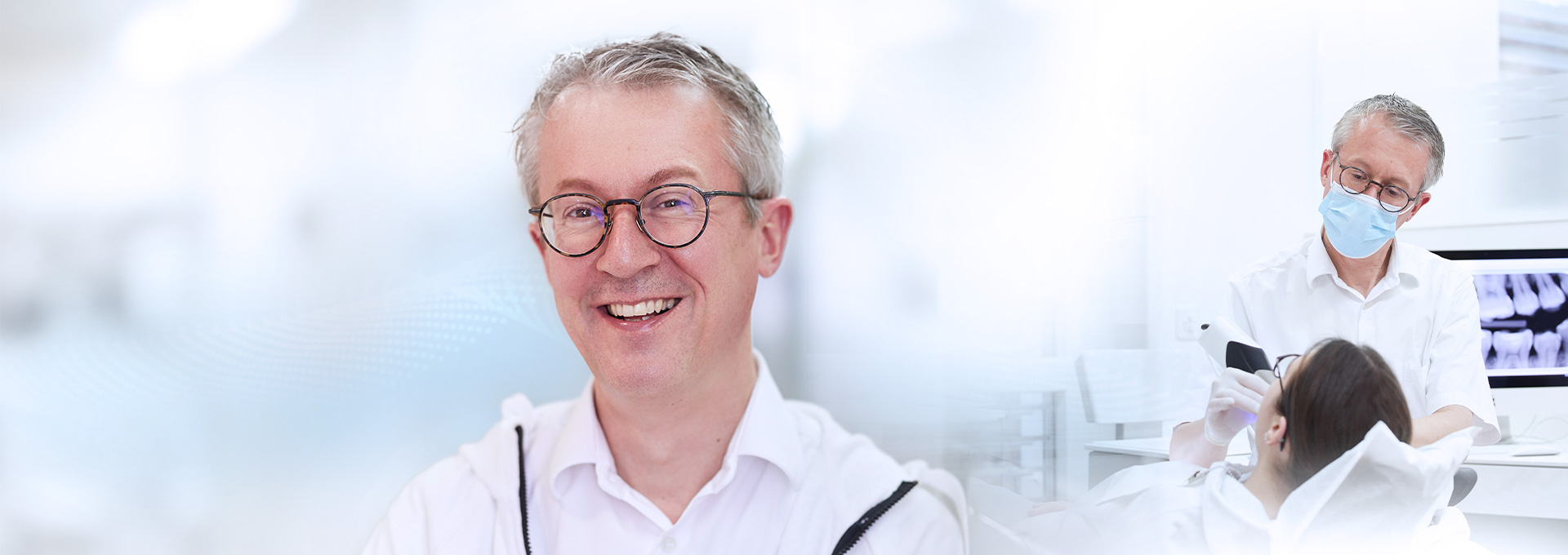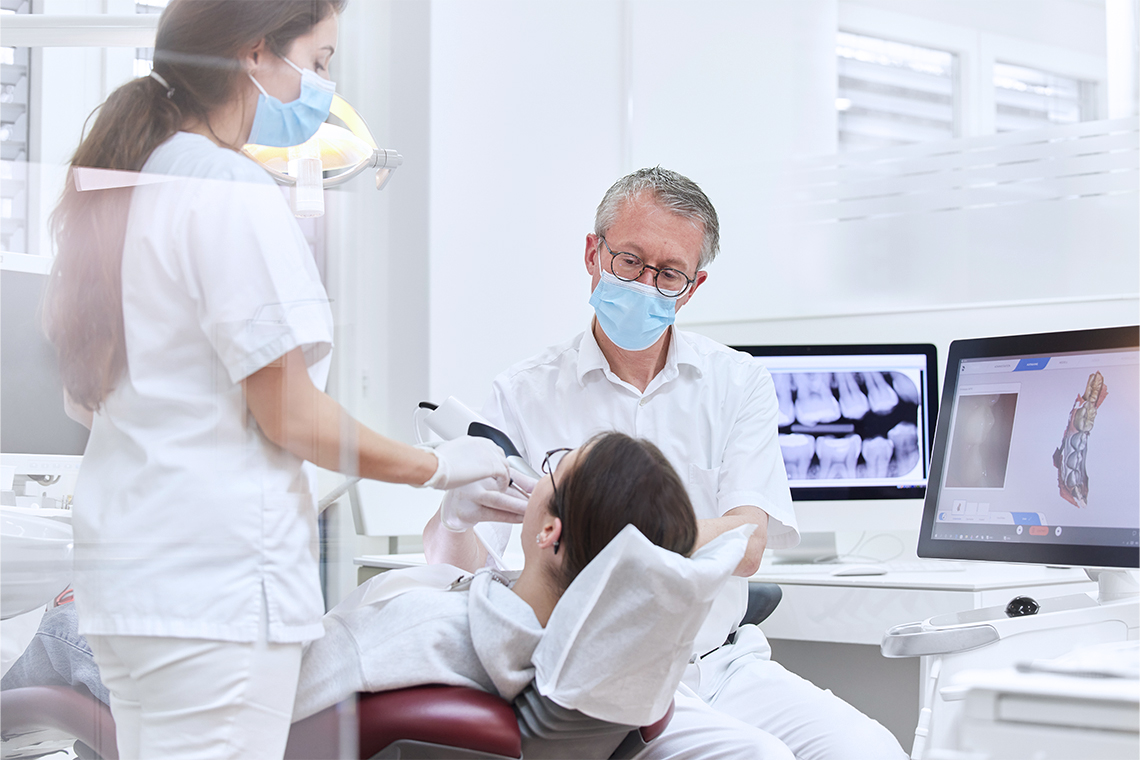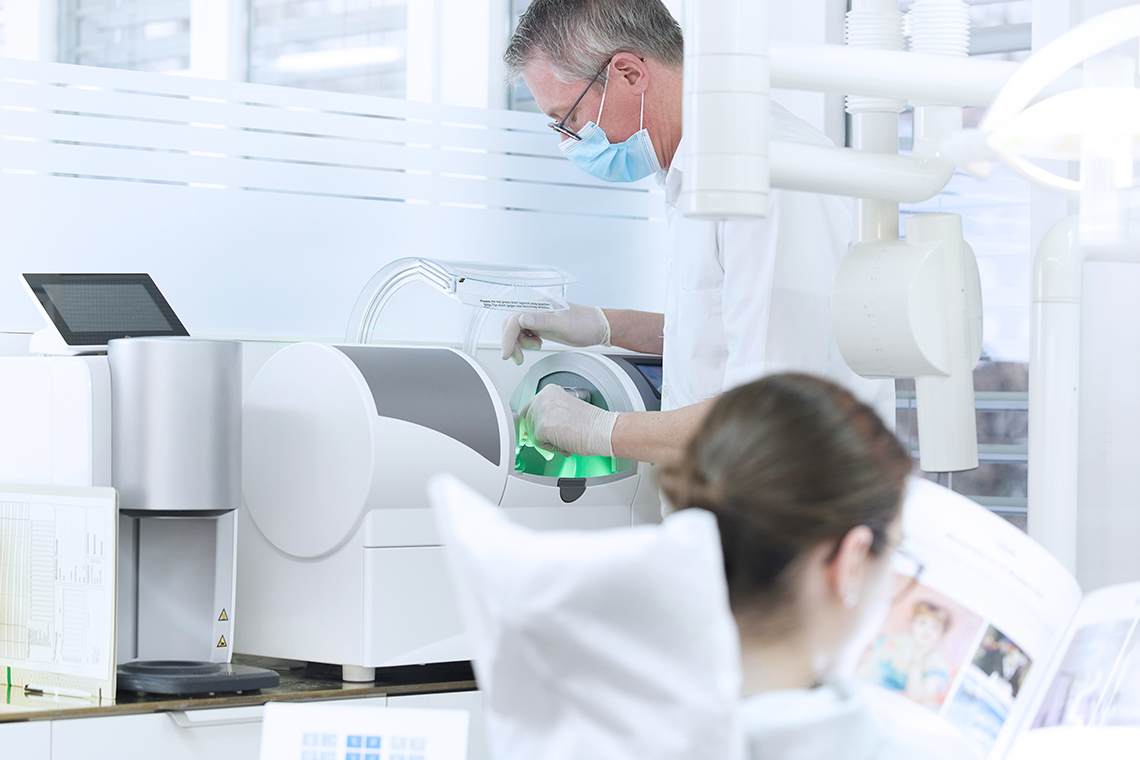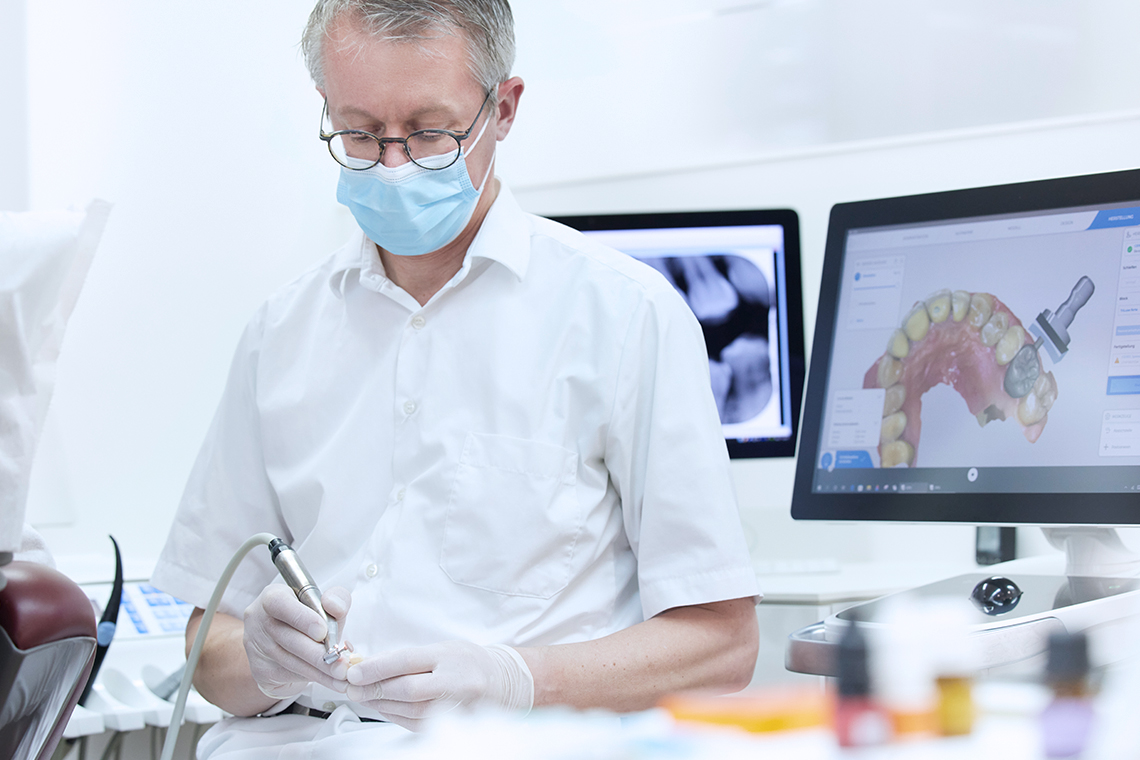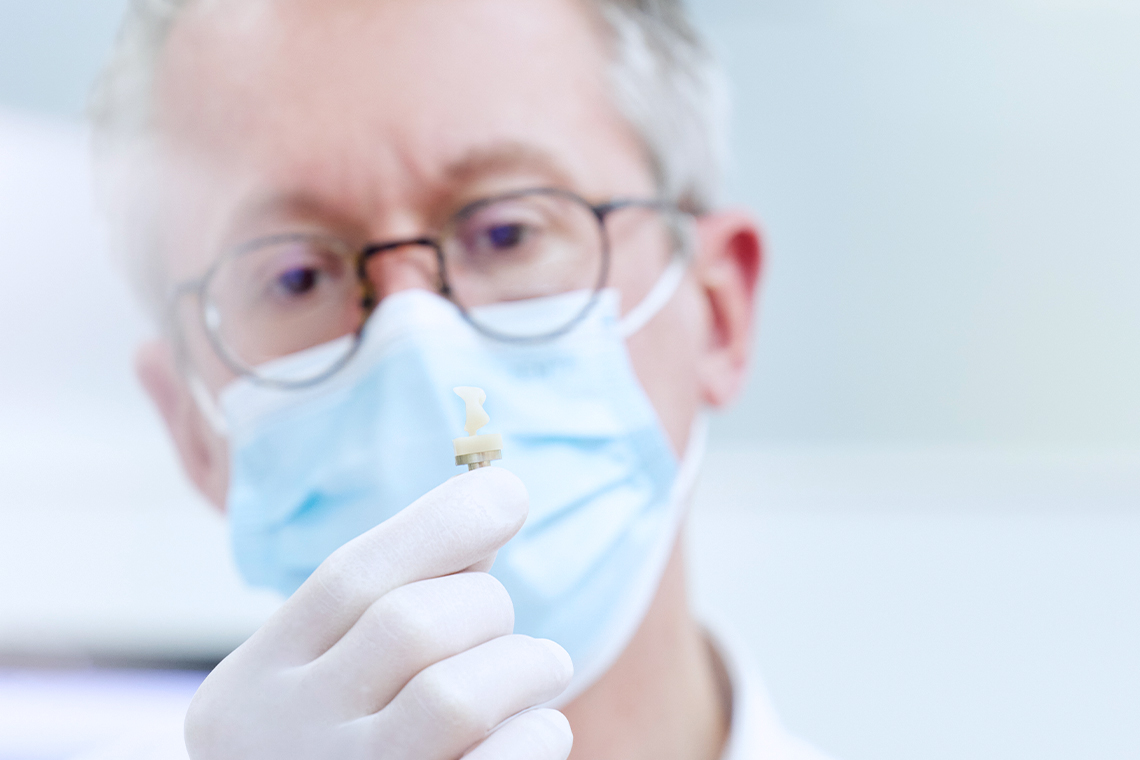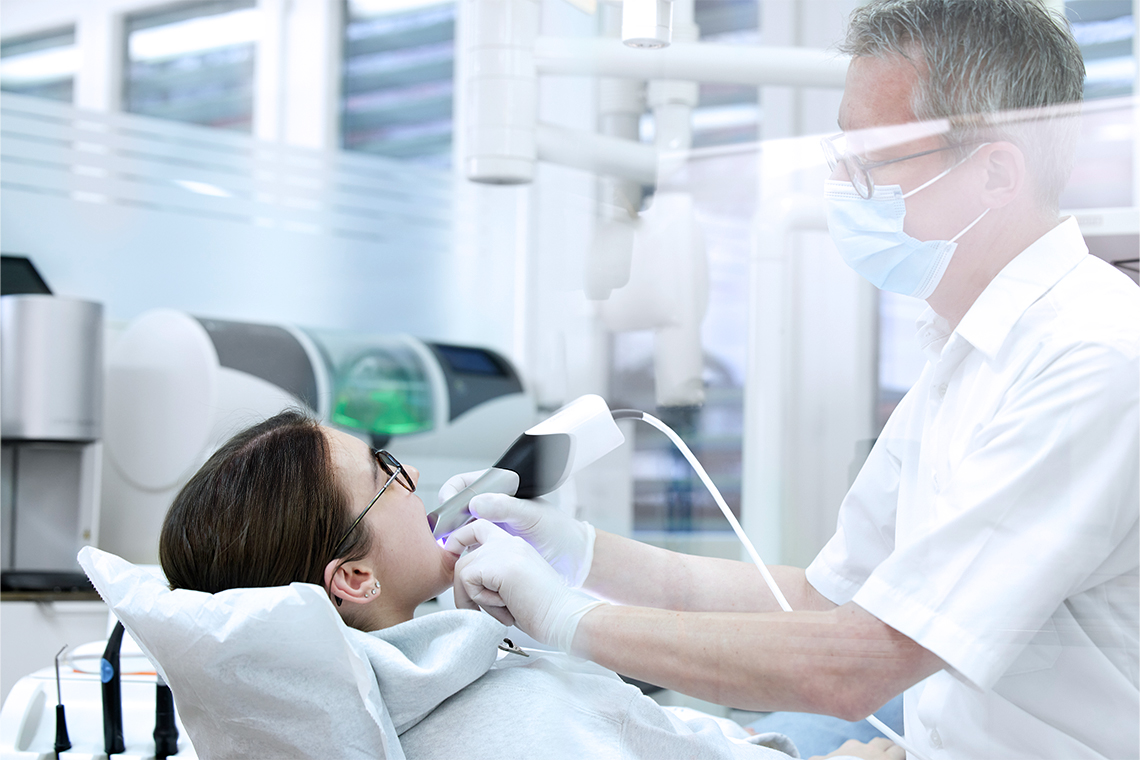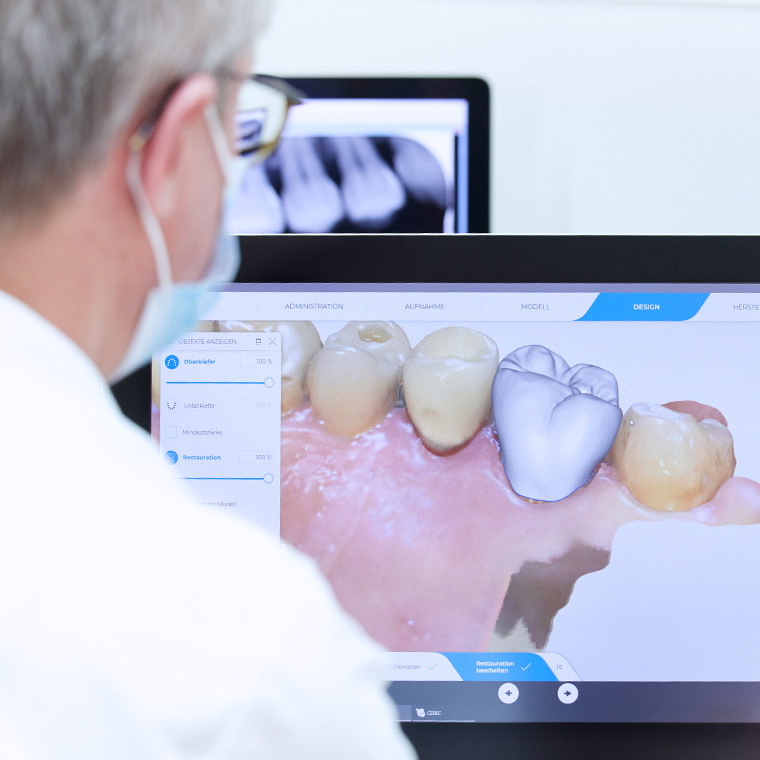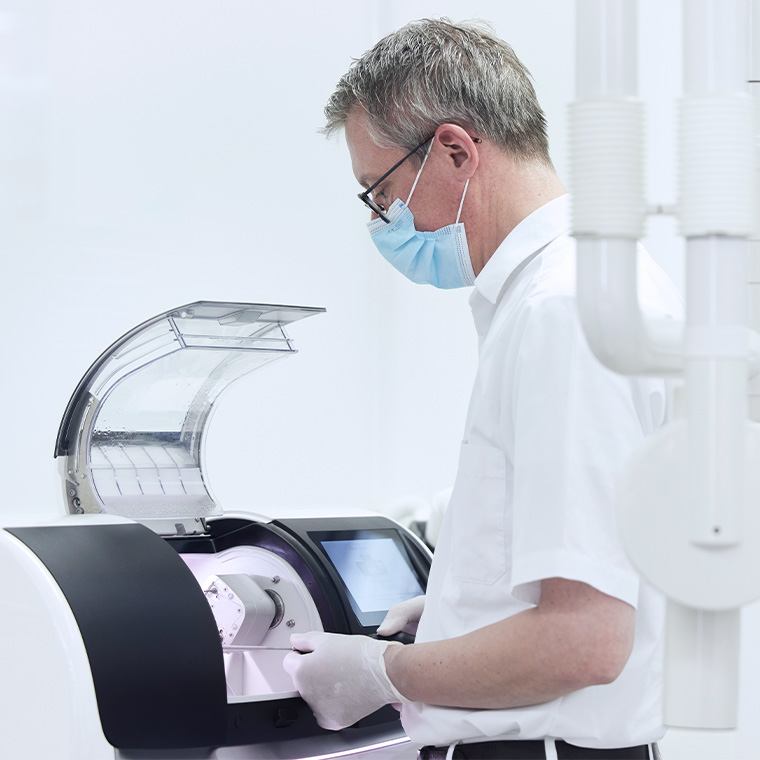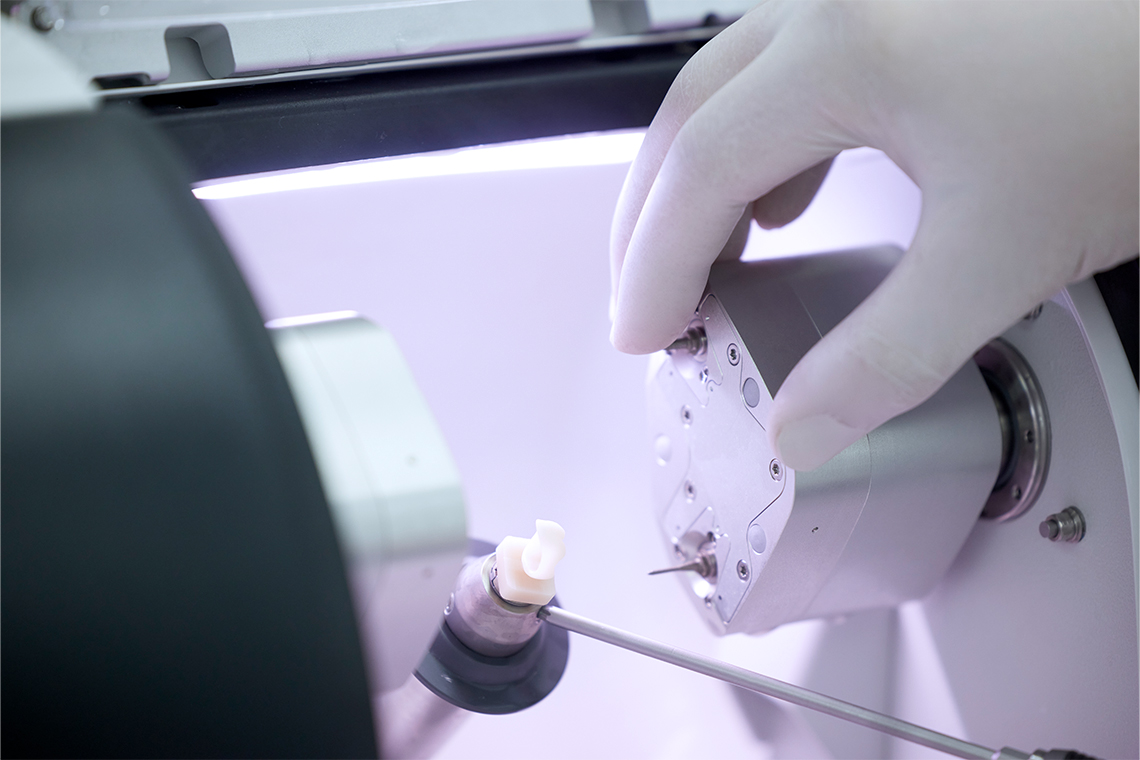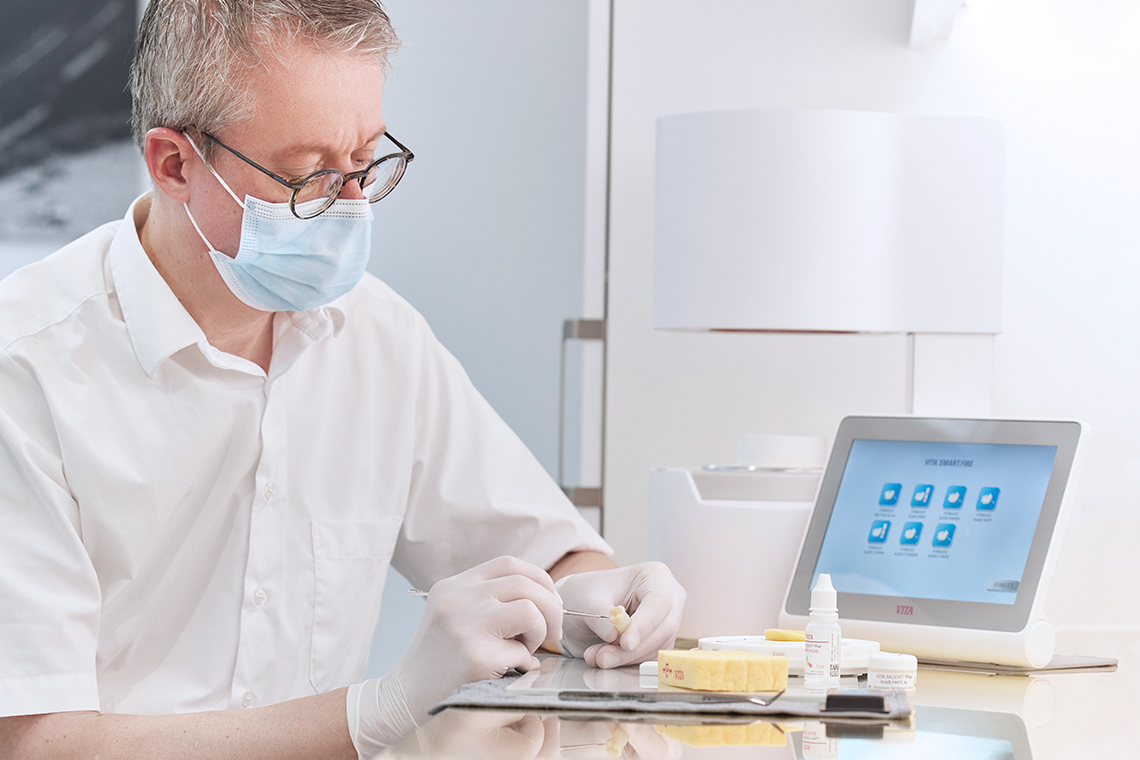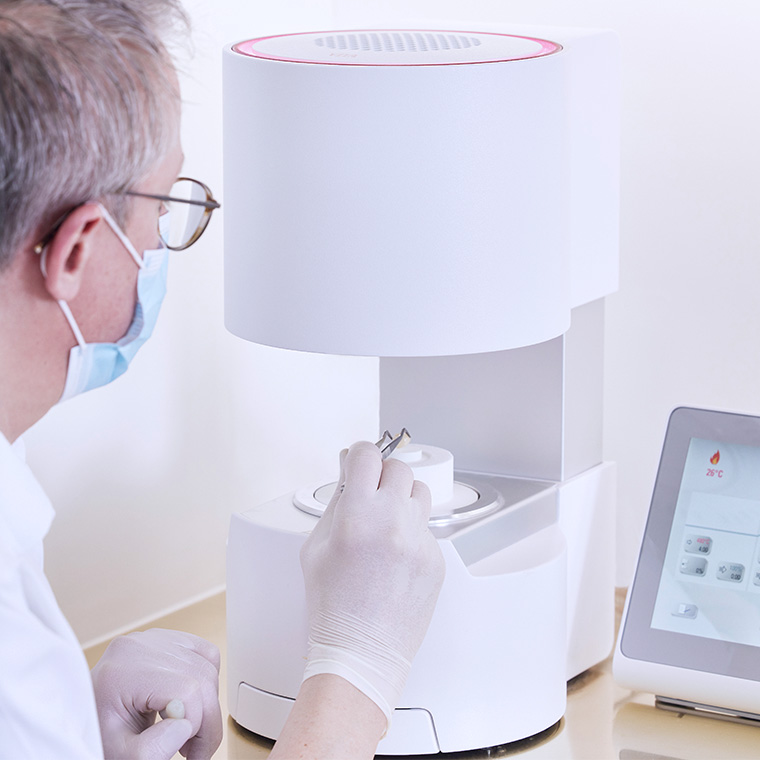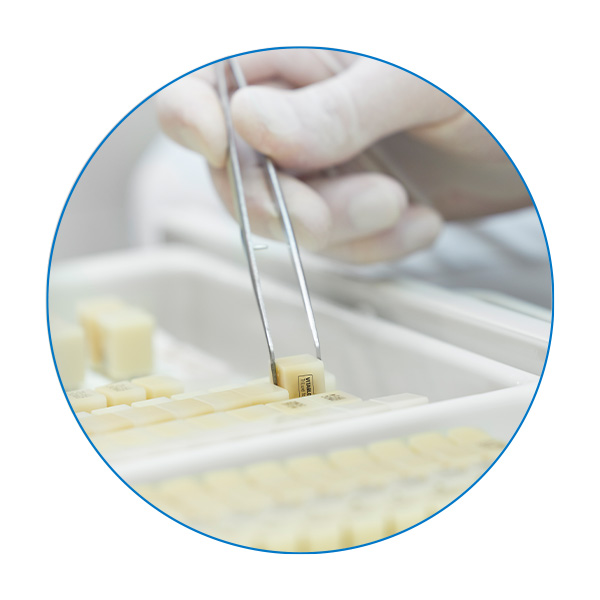Read more about a success story with CEREC and VITABLOCS.
Hardly any other development has shaped restorative dentistry as much as CEREC.
And not many other methods were initially as controversial as the CEREC method. The revolution in digital dentistry was significantly supported by the VITABLOCS feldspar ceramic. PD Dr. Andreas Bindl has been part of the development almost from the beginning. Read how he experienced the development of digital dentistry and find out why he is still enthusiastic about VITABLOCS after 30 years.

